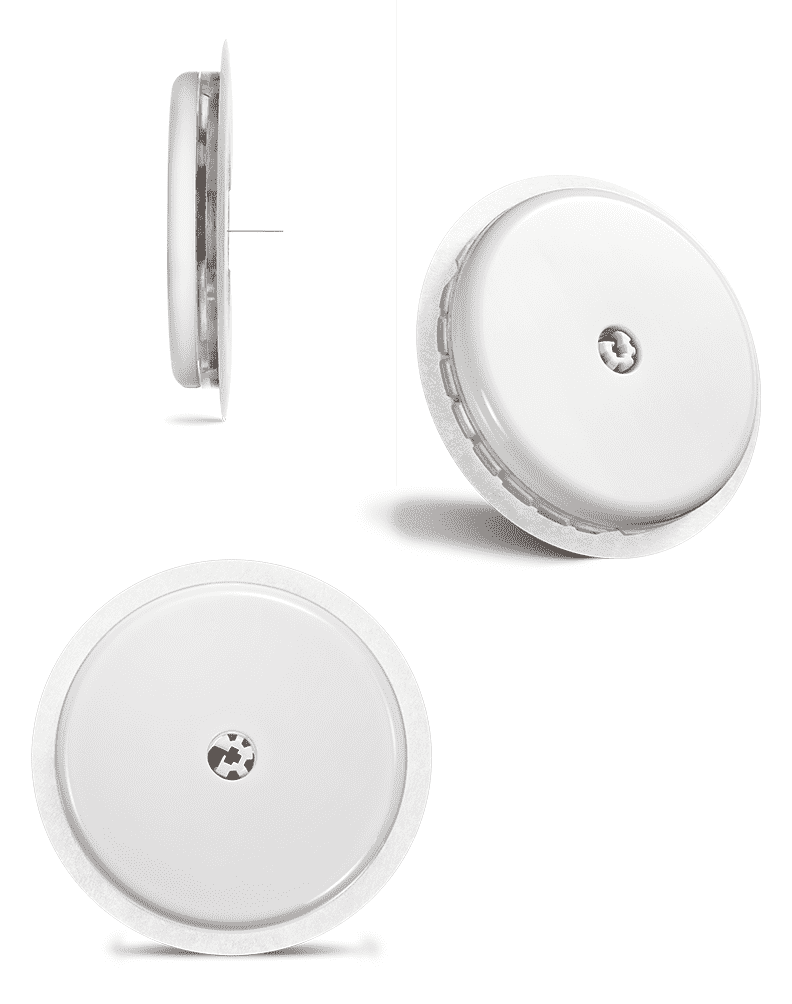The FreeStyle Libre sensor continuously measures your glucose levels, day and night, without the need for finger prickinga.
This small and water-resistantb sensor is worn on the back of your upper arm and lasts for up to 14 days whilst you shower, bathe, swim, exercise or play1.

Start using the FreeStyle Libre system in 3 easy steps
The FreeStyle Libre sensor is applied on to the back of the upper arm with a disposable device called an applicator.
When the sensor is applied, a thin, flexible and sterile fibre is inserted just under the skin. It is held in place with a small adhesive pad.
To obtain a glucose reading, simply perform a quick, painlessc 1-second scan of the reader over the sensor.
This scan gives you more information than monitoring with blood glucose test strips, without the need for finger pricksa.
Each scan over the sensor gives a current glucose reading, the last 8 hours of glucose history, and a trend arrow showing if glucose is going up, down, or changing slowlyf,1.
How to apply the FreeStyle Libre Sensor
Select an area on the back of your upper arm, avoiding areas with moles, scarring, or recent insulin injections. Select a different site than the one most recently used1.
Clean the skin with soap and water, dry the skin, wipe skin with an alcohol swab (let it air-dry) before proceeding. The site selected on the back of the upper arm should be clean-shaven1.
The sensor pack and sensor applicator are packaged as a set1.
Do you have any further questions about FreeStyle Libre?
For further information please contact our Customer Service Team
Images and simulated data for illustrative purposes only. Not real patient or data.
a. Finger pricks are required if glucose readings do not match symptoms or expectations1.
b. Sensor is water-resistant in up to 1 meter (3 feet) of water. Do not immerse longer than 30 minutes. Not to be used above 10,000 feet1.
c. In a study conducted by Abbott Diabetes Care, 92% of patients surveyed (n=119) patients agree that it was painless or almost painless to apply the sensor2.
d. For a complete glycemic picture scan once every 8 hours1.
e. The reader can capture data from the sensor when it is within 1 cm to 4 cm of the sensor1.
f. The Glucose Trend Arrow may not always appear with your reading.
References
1. FreeStyle Libre flash glucose monitoring system User's Manual.
2. Haak T, Hanaire H, Ajjan R, Hermanns N, Riveline JP, Rayman G. Flash Glucose-Sensing Technology as a Replacement for Blood Glucose Monitoring for the Management of Insulin-Treated Type 2 Diabetes: a Multicenter, Open-Label Randomized Controlled Trial. Diabetes Ther. 2017;8(Suppl 1):S1-15.
3. Alva S, Bailey T, Brazg R, et al. Accuracy of a 14-Day Factory-Calibrated Continuous Glucose Monitoring System With Advanced Algorithm in Pediatric and Adult Population With Diabetes. J Diabetes Sci Technol. 2022;16(1):70-77.
MF0026OA177/082022
08/08/2024
Clicking the "Yes" link below will take you to a website other than Abbott Laboratories. Links that direct you to other sites are not under the control of Abbott Laboratories. Abbott Laboratories is therefore not responsible for the content of such websites or for any other links that may appear on this website. Abbott Laboratories provides these links only as a courtesy, and the inclusion of a link does not imply approval of Abbott Laboratories for this page.
Leaving Page?
This is a product-specific website exclusively for people residing in Egypt. If you live in another country, please contact your local Abbott representative to obtain the correct product information for your country of residence (click “Go to worldwide”). To visit the local site in English, click “Stay here” or access the local page in Arabic by clicking on freestyle.abbott/eg-ar
هذا موقع خاص بالمنتج حصريًا للأشخاص المقيمين في مصر. إذا كنت تعيش في بلد آخر، فيرجى التواصل مع ممثل شركة أبوت المحلي لديك للحصول على معلومات المنتج الصحيحة لبلد إقامتك (انقر على "الانتقال إلى الموقع العالمي"). لزيارة الموقع المحلي باللغة العربية، انقر على "البقاء هنا" أو قم بزيارة الصفحة المحلية باللغة الإنجليزية بالنقر على freestyle.abbott/eg-en